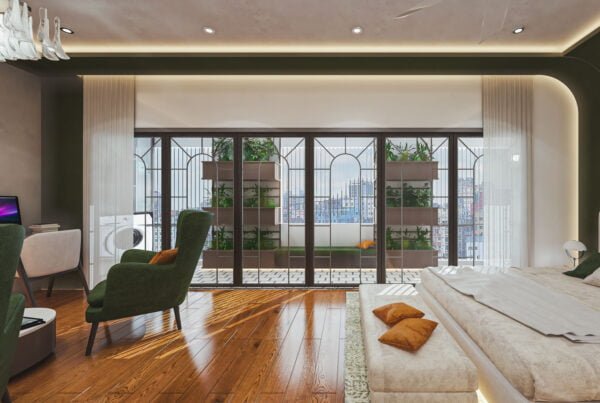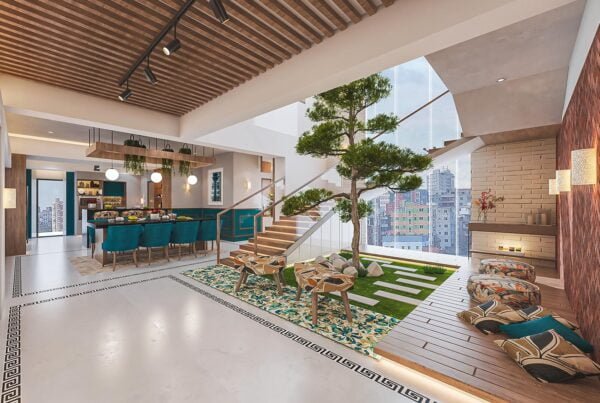Creating a harmonious living space that not only reflects your personal style but also benefits the planet is becoming increasingly important. As we strive to live more sustainably, incorporating eco-friendly decor into our interior design is a great way to make a positive impact. By choosing environmentally friendly materials and practices, you can create a space that not only looks beautiful but also reduces your carbon footprint. Here are some tips to help you incorporate eco-friendly decor into your interior design.
1. Choose Sustainable Materials
When selecting furniture and decor items, opt for materials that are sustainable and have a minimal impact on the environment. Look for items made from reclaimed wood, bamboo, cork, or recycled materials. These materials are not only eco-friendly but also add a unique touch to your space. Avoid furniture made from endangered wood species or materials that require excessive energy to produce.
2. Use Natural and Non-Toxic Paints
Traditional paints often contain harmful chemicals that can be detrimental to both your health and the environment. When painting your walls or furniture, choose natural and non-toxic paints. Look for paints that are low in volatile organic compounds (VOCs) and made from natural ingredients. These paints are not only better for your health but also have a lower impact on the environment.
3. Incorporate Vintage and Upcycled Pieces
Instead of buying new furniture and decor items, consider incorporating vintage or upcycled pieces into your design. Not only does this add character to your space, but it also reduces the demand for new products. Visit thrift stores, flea markets, or online marketplaces to find unique, one-of-a-kind pieces that have a story to tell. Repurposing and upcycling old items also helps reduce waste and promotes a circular economy.
4. Opt for Energy-Efficient Lighting
Lighting plays a crucial role in interior design, and choosing energy-efficient options can make a significant difference in your carbon footprint. Replace traditional incandescent bulbs with LED or CFL bulbs, which consume less energy and last longer. Install dimmer switches or use smart lighting systems to further optimize energy usage. Additionally, make the most of natural light by strategically placing mirrors and using sheer curtains to maximize brightness during the day.
5. Embrace Sustainable Fabrics
When it comes to upholstery, curtains, and other textiles in your home, opt for sustainable fabrics. Look for organic cotton, linen, or hemp, which are grown without harmful pesticides and require less water. These fabrics are not only better for the environment but also healthier for you, as they are free from chemicals and toxins. Consider using natural fiber rugs or carpets made from recycled materials to complete your eco-friendly interior design.
6. Incorporate Indoor Plants
Bringing nature indoors is not only aesthetically pleasing but also beneficial for air quality. Indoor plants not only add a touch of greenery to your space but also help purify the air by absorbing pollutants. Choose low-maintenance plants such as snake plants, pothos, or peace lilies, which require minimal care. Additionally, consider creating a small herb garden in your kitchen, providing fresh herbs for cooking while adding a natural element to your design.
7. Reduce, Reuse, Recycle
One of the fundamental principles of eco-friendly living is the mantra “reduce, reuse, recycle.” Apply this principle to your interior design by reducing waste, reusing items, and recycling whenever possible. Minimize single-use items and opt for reusable alternatives. Repurpose old furniture or decor items instead of throwing them away. Recycle materials such as glass, plastic, and paper to minimize landfill waste. By adopting these practices, you can significantly reduce your environmental impact.
By incorporating eco-friendly decor into your interior design, you can create a space that not only reflects your personal style but also benefits the planet. From choosing sustainable materials to embracing vintage pieces and energy-efficient lighting, there are numerous ways to make your home more environmentally friendly. Remember, small changes can make a big difference, and by taking these steps, you are contributing to a more sustainable future.




